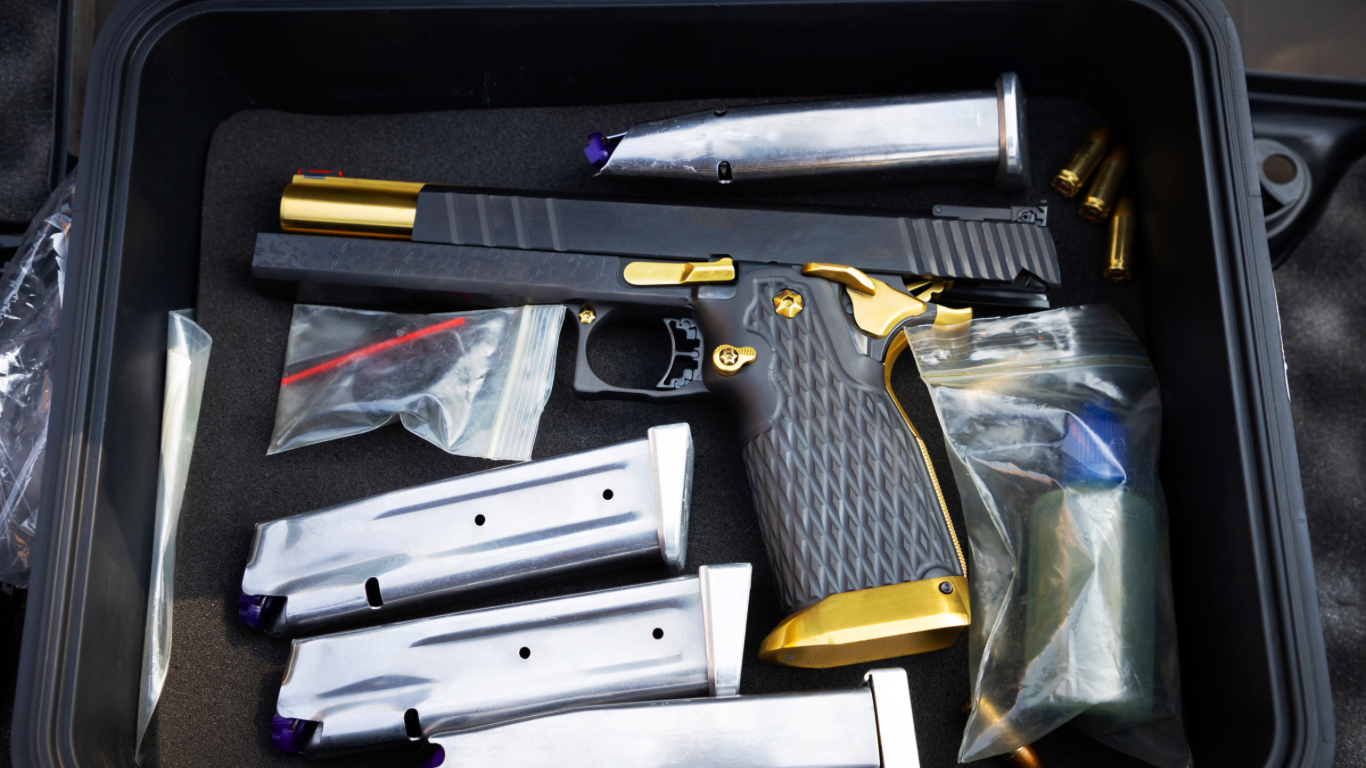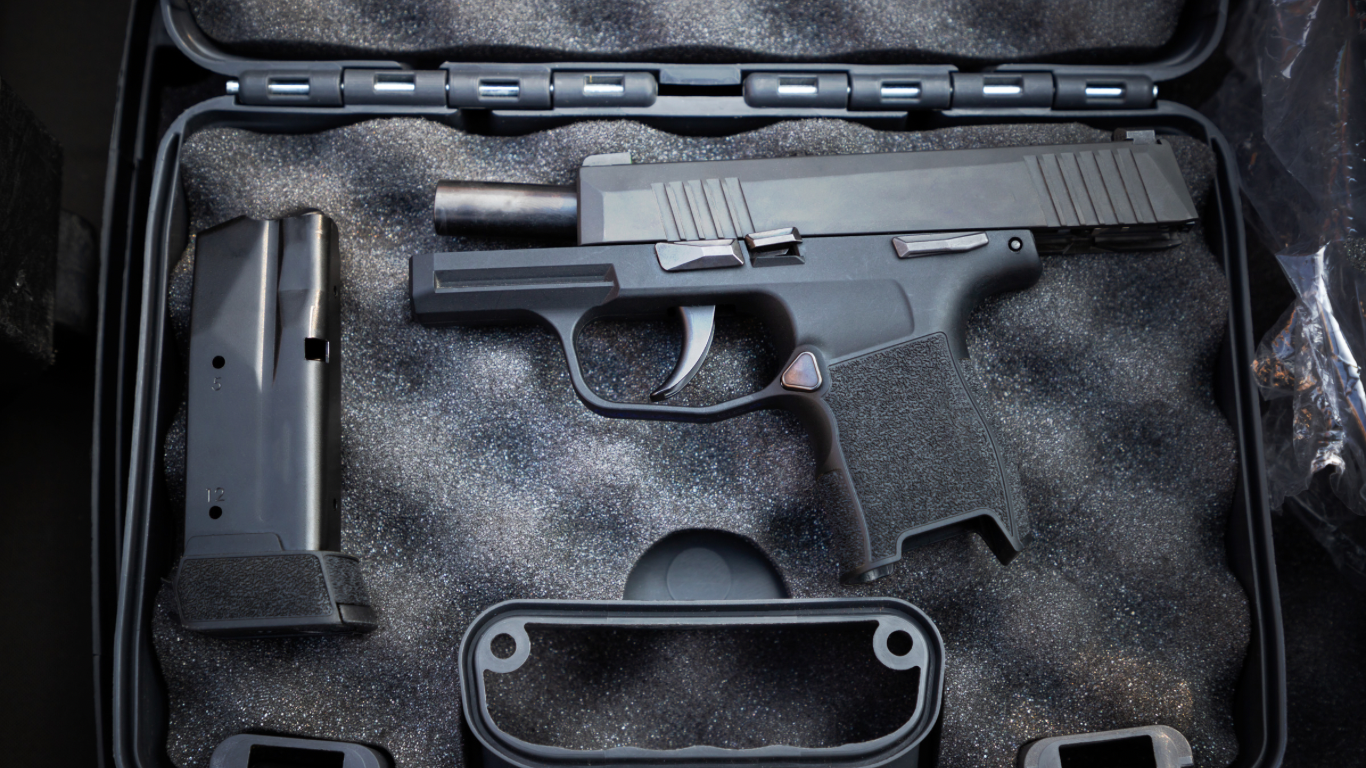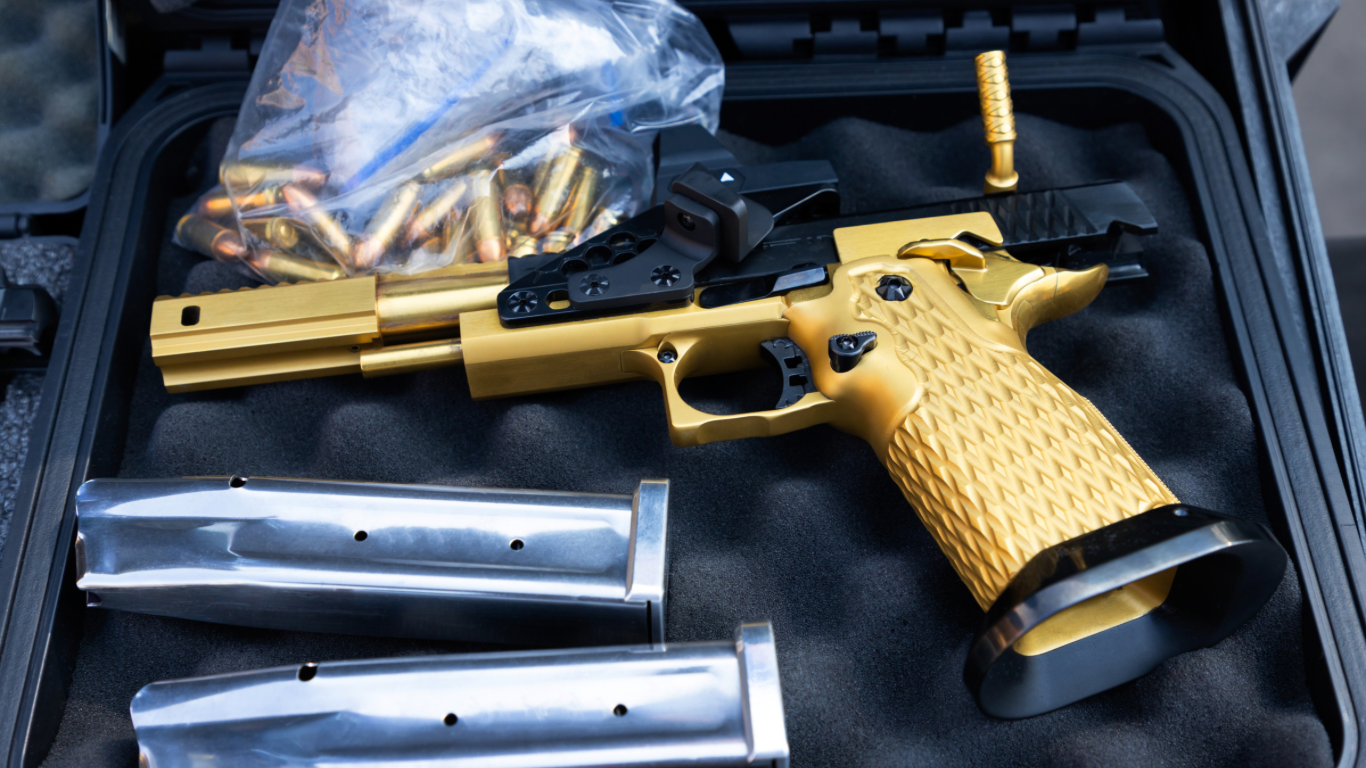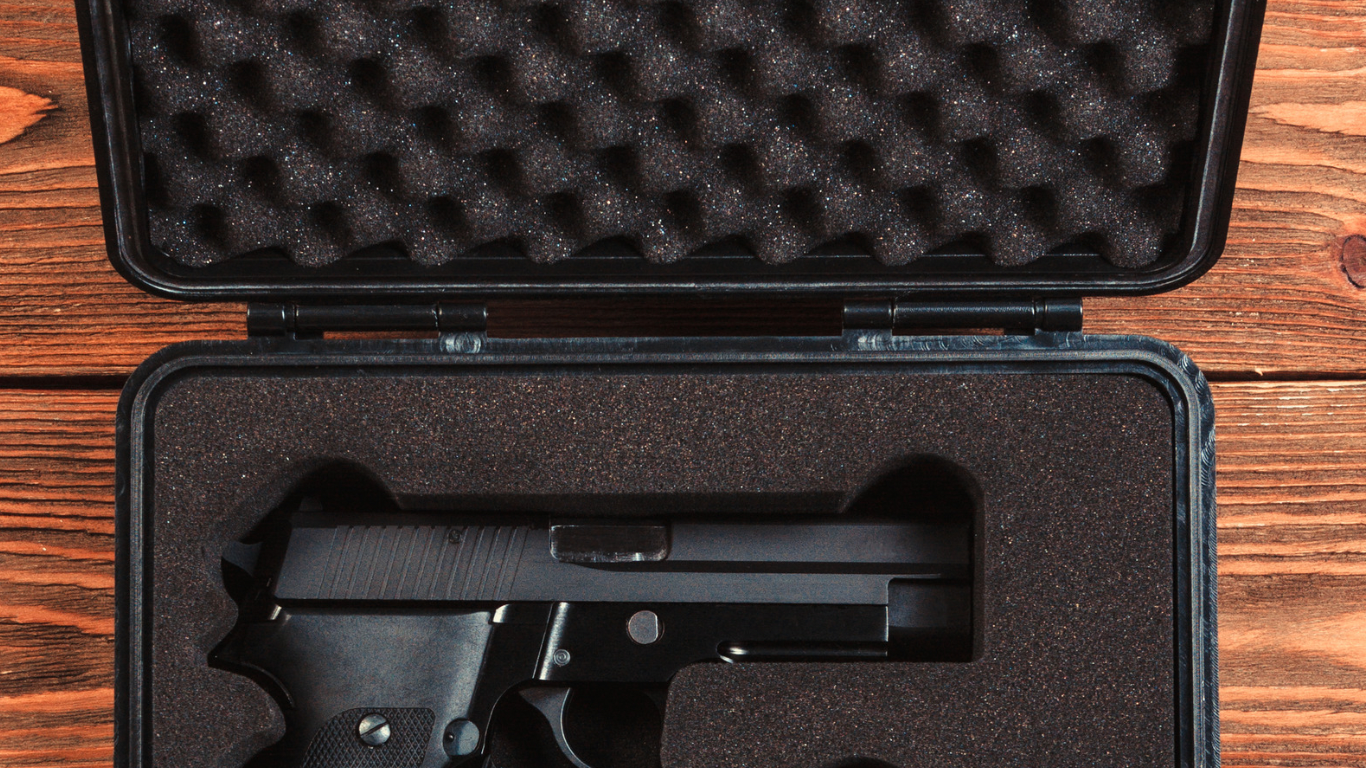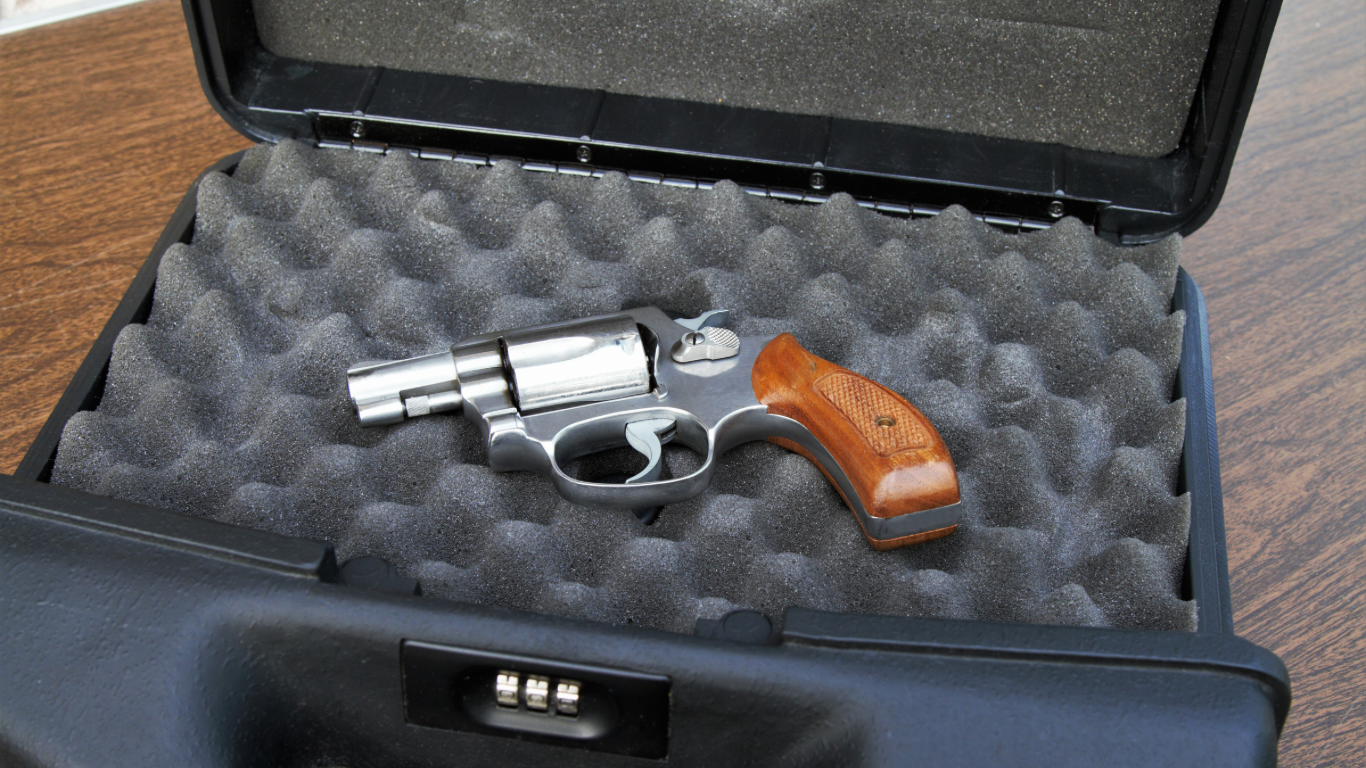Gun owners understand the importance of responsible gun ownership. This not only includes safe handling and storage but also proper transportation. Whether you are an avid hunter or a gun range enthusiast, transporting guns and ammunition requires specific skills and knowledge. Failing to follow proper transport procedures can lead to serious legal consequences, injuries, and even accidents. In this blog post, we will give you tips on how to master the art of gun and ammo transportation and ensure you can transport your firearms and ammo legally and safely.
Know the Law
The first step to mastering the art of gun and ammo transportation is to understand the laws. Every state in the US has its regulations and restrictions regarding transporting guns and ammo. Therefore, it’s imperative to conduct thorough research and gather information on the laws that govern the state you are in, the state you are traveling to, and the states you may pass through. Gun owners must be aware of specific rules on transporting firearms, including where and how they can transport them legally.
Determine the Best Mode of Transportation
Once you are conversant with the laws in place, the next step is to determine the best mode of transportation. Whether you are traveling by land, air, or sea, it is vital to choose the most suitable mode of transportation for the firearms. Different modes of transportation have different guidelines to follow; for instance, airlines have stringent regulations on what you can carry onboard, while some states regulate firearm transport more stringently than others.
Invest in Reliable Transport Equipment
Transporting your guns and ammo is all about safety and security. Therefore, it would be best to invest in reliable transport equipment that ensures the contents are secure and won’t spill or break. Options such as gun cases and lockboxes provide a durable and secure way of transporting firearms and ammo. It’s crucial to acquire transport equipment that fits the firearms and ammo you have, with enough padding to avoid damage and scratches.
Observe the Basic Principles of Safe Gun Handling
Even when transporting, the basic principles of safe gun handling still apply. This includes always assuming the gun is loaded, ensuring the muzzle is pointed in the safe direction, keeping your finger off the trigger, and knowing what is beyond your target. Refrain from exposing your firearm or ammo to extreme heat or cold as this may cause damage. It’s best to avoid making pit stops or leaving firearms in the car; instead, store them in a secure place, such as the trunk.
Communicate When Traveling With Firearms
When traveling with firearms or ammunition, it’s essential to communicate with anyone who may be handling or inspecting your property. Notify the TSA or airline if you are traveling by plane that you have firearms in your baggage. This information will help check-in personnel to make the necessary arrangements and avoid costly delays.
Conclusion
By mastering the art of gun and ammo transportation, you can safely and legally transport your firearms and ammo with minimal trouble. With these tips in this blog post, you have a more comprehensive understanding of transporting firearms and ammo without running into legal troubles. Properly securing your firearms and understanding the regulations that surrounding gun and ammunition transportation not only protects yourself but also ensures the safety of those around you, making the art of transportation a crucial part of responsible gun ownership.

